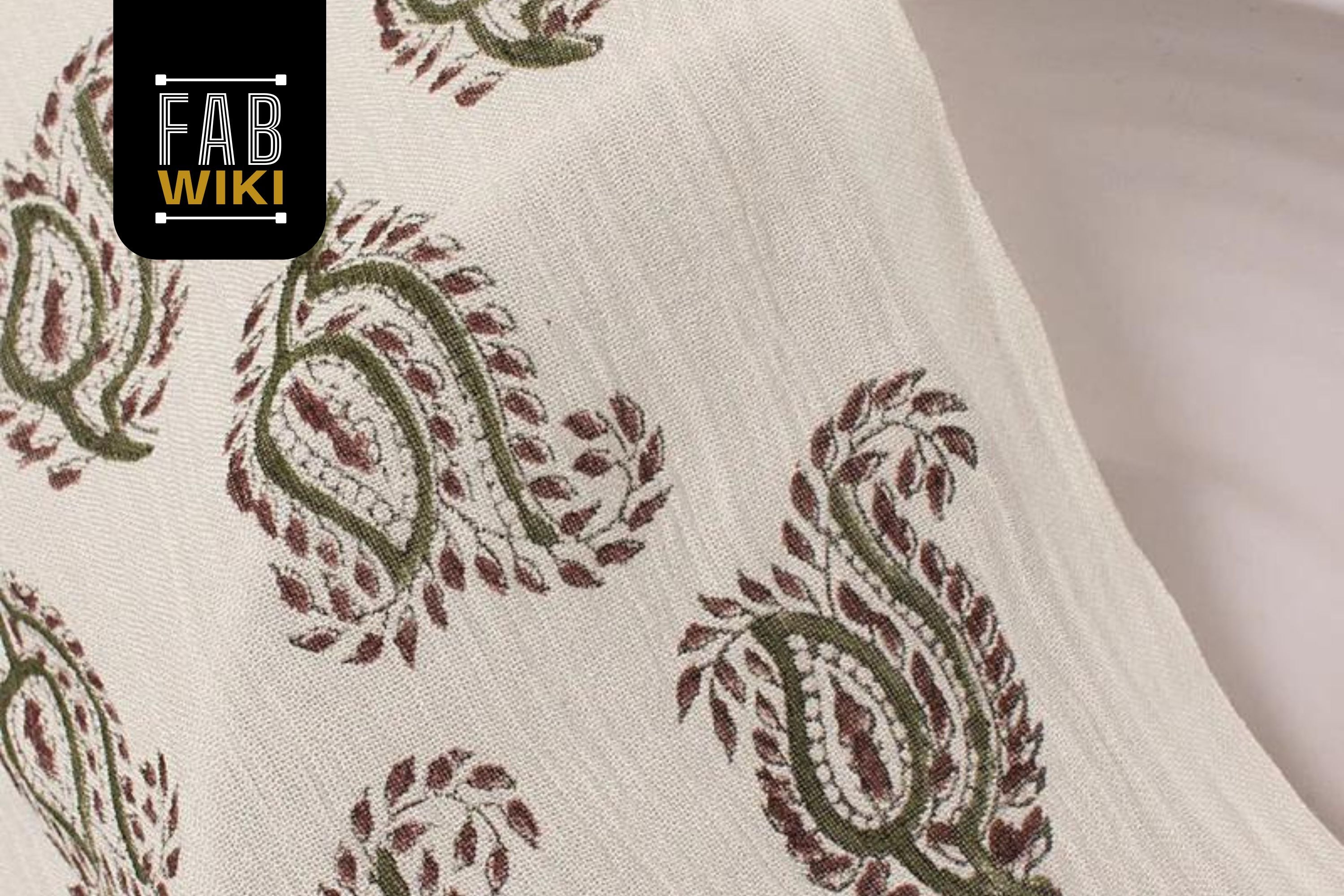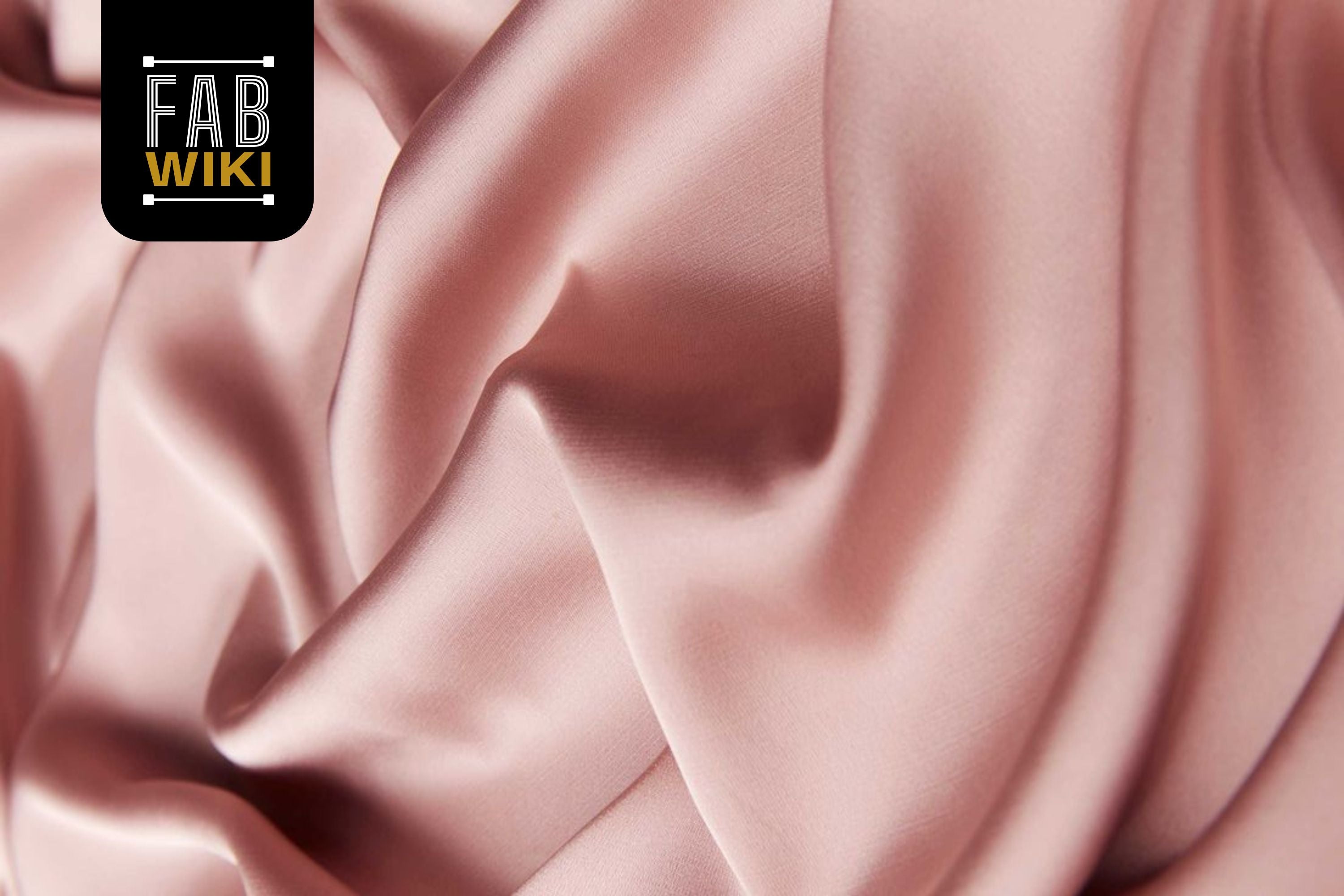Introduction to Minky Fabric
- It is used for many things, like bedding, home decor and clothing.
- The fabric has a smooth texture and bright colors and feels comfortable.
- Minky fabric is becoming more popular in the textile industry.
- It is known for being warm and cozy because of its softness.
What is Minky Fabric?

- Minky is an artificial fabric, mostly made from polyester or a mix of polyester and spandex.
- Minky looks fancy because of its plush surface.
- It is similar to fleece fabric.
- When mixed with spandex, Minky stretches a little.
History of Minky Fabric

- Minky was created in the late 1920s to substitute mink fur without using animals.
- It became popular in the early 2000s for baby products.
Types of Minky Fabric:
|
Type of Minky Fabric |
Description |
|
Standard Minky |
Soft and plush, great for baby blankets. |
|
Minky Cuddle |
Thicker and softer, used for high-quality baby products. |
|
Printed Minky |
Has designs printed on it, used for quilts. |
|
Minky Dot |
Minky fabric with raised dots. |
|
Minky Fur |
Looks like animal fur, used for fashion items. |
Advantages of Minky Fabric
- Luxurious Texture: Minky is super smooth, making it feel cozy and plush.
- Long-Lasting: Minky stays durable and soft when taken care of properly.
- Wide Range of Uses: You can use it for clothes.
- Vibrant Colors and Patterns: Minky comes in lots of colors and designs, making it visually appealing.
- Comfortable: It helps regulate temperature, making it great for comfy items.
Disadvantages of Minky Fabric
- Slippery to Sew: Minky is hard to sew because it’s slippery and moves around.
- Pilling: Minky can develop small fuzz balls after a lot of washing.
- Heat Sensitivity: Minky doesn’t like high heat and can shrink or get damaged if washed or dried at high temperatures.
- Special Care: Minky needs special washing and drying to keep it looking good and lasting longer.
Sustainability and Environmental Impact

- Minky is made from polyester, which can be bad for the environment.
- Making synthetic fabrics like Minky can cause pollution and use up natural resources.
- Some makers are creating eco-friendly Minky by using recycled polyester and sustainable methods.
- Minky is biodegradable, which is better than other materials like nylon.
Care and Maintenance Tips for Minky Fabric
- Washing: Wash Minky on a gentle cycle with cold water. Don’t use fabric softeners because they can make it less soft.
- Drying: Let Minky air dry or dry it on low heat to avoid shrinkage. Don’t use high heat, as it can damage the fabric.
- Ironing: Don’t iron Minky directly. If needed, use a steamer or iron on low heat with a cloth over it.
- Storage: Store Minky in a cool, dry place, away from direct sunlight, to keep it looking good.
The Role of Minky Fabric in Fashion and Design

- It is used in plush toys and bedding for comfort and style.
- Minky is also used in fashion, like faux fur coats and scarves, because of its luxurious feel.
- Many crafters and DIYers love using Minky, especially for quilting projects.
Common Applications and Uses of Minky Fabric:
|
Use |
Description |
|
Baby Products |
Perfect for baby clothes, burp cloths and toys because it’s soft and safe. |
|
Home Decor |
Used for throws, cushions and furniture to add warmth and style. |
|
Fashion |
Used in cozy items like robes, slippers and scarves. |
|
Quilting |
Great for quilts because it’s soft, comfortable and colorful. |
|
Crafting |
Used in DIY projects like stuffed animals and toys. |
Manufacturing Process of Minky Fabric:
|
Step |
Description |
|
Polyester Production |
Minky is made from polyester fibers, woven or knitted to be soft. |
|
Finishing |
The fabric is brushed or cut to make it extra soft. |
|
Printing |
Printed Minky is made using digital or screen printing. |
|
Dyeing |
Minky is dyed in different colors, with eco-friendly dyes becoming more common. |
Where You Can Buy Minky Fabric
- Online Stores: You can find this fabric on websites like Fabric.com, Joann Fabrics, Mood Fabrics and Fabriclore, which offer many colors and designs.
- Craft Stores: Stores like Michael’s and Hobby Lobby sell Minky fabric, especially for baby items and home decor.
- Specialty Boutiques: High-end baby stores and boutiques often carry Minky fabric for luxury gifts.
Conclusion
This fabric can be tricky to sew because it's slippery and often moves around. It also stretches, especially if it has spandex in it. To make it easier, use a walking foot on your sewing machine and pin the fabric carefully. Also, using a thicker needle helps when sewing Minky.
FAQ’s
Why is Minky Fabric So Expensive?
Minky fabric is expensive because it’s made from high-quality polyester that is brushed to make it soft. The process to make it plush and the special patterns or prints used add to the cost. Premium types like Minky Cuddle and Minky Fur are also pricier.
What is Minky vs Cotton?
- Softness: Minky is softer and feels cozy, while cotton is smooth but not as soft.
- Texture: Minky feels like velvet or fur, but cotton is smooth and natural.
- Durability: Cotton lasts longer and wears better, while Minky can get little fuzz balls (pilling) after washing a lot.
- Uses: Minky is used for plush toys and home decor, while cotton is used for clothes, bedsheets and everyday fabric.
Why is Minky So Hard to Sew?
Minky fabric can be tricky to sew because it’s slippery and moves around a lot. It also stretches, especially if it has spandex in it. To make it easier, use a walking foot on your sewing machine and pin the fabric carefully. Also, using a thicker needle helps when sewing Minky.



Leave a comment
All comments are moderated before being published.
This site is protected by hCaptcha and the hCaptcha Privacy Policy and Terms of Service apply.